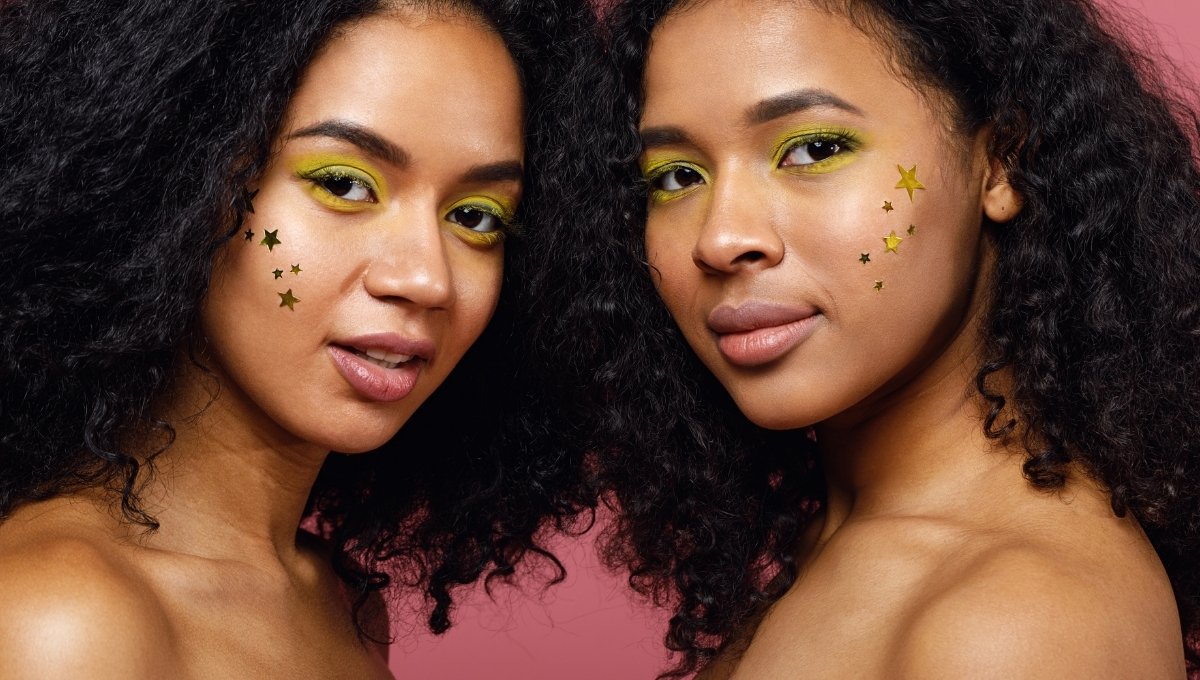So you’re considering using shea butter for hyperpigmentation? Hyperpigmentation is a skin condition that causes the skin to become darker than usual.
Various factors, including sun exposure and hormonal changes, can cause hyperpigmentation. It can also be hereditary or happen as a result of injury to the skin.
One treatment option for hyperpigmentation is using shea butter, shown in studies to help reduce dark spots on the body when used regularly over time.
Another effective treatment option for hyperpigmentation is using a Kojic Acid-based skin care products such as Nasola Kojic Acid Cream, Nasola Kojic Acid Lotion, Nasola Kojic Acid Serum, or Nasola Original Kojic Acid Skin Brightening Soap.
This blog post will explore what shea butter is and how to use it on your skin for hyperpigmentation.
What is Hyperpigmentation?
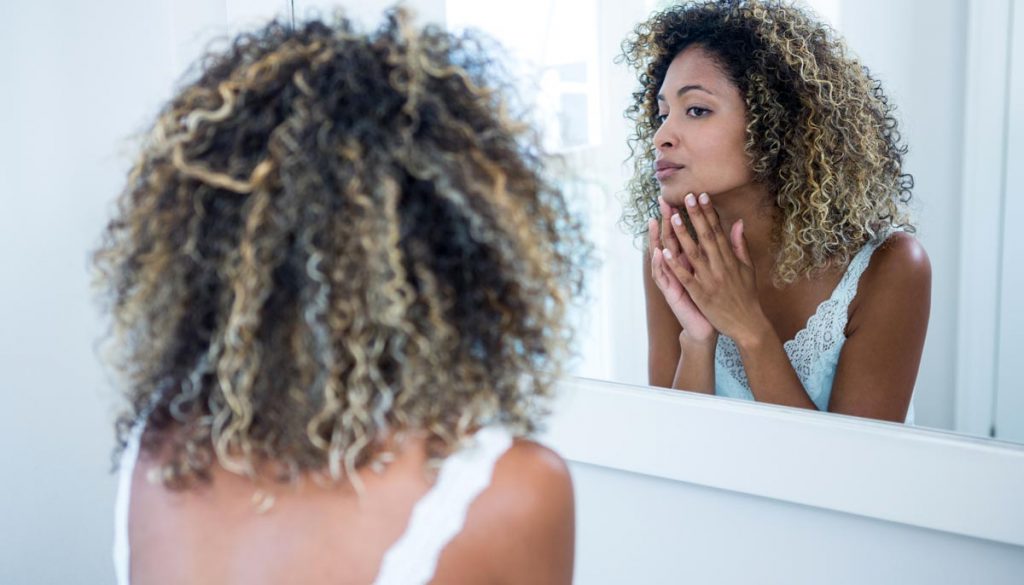
Before using shea butter for hyperpigmentation, it’s essential to understand hyperpigmentation and what causes it.
Hyperpigmentation is a condition that can occur when too much melanin builds up in one area of skin. This melanin build-up results in dark patches appearing on that area of the skin.
Hyperpigmentation usually appears as dark patches on the skin, and several factors such as acne scars, sun damage, and melasma cause it.
Similarly, certain medications or diseases such as lupus and vitiligo cause hyperpigmentation.
This skin condition makes people look older than they are, making them feel self-conscious about their appearance.
Many people don’t know what hyperpigmentation is or how it happens because they may not have ever noticed it before or didn’t think anything of it when they did notice it.
But once you start paying attention to your skin’s hyperpigmented areas, you’ll start noticing that these patches seem to always be there in one form or another, whether from the sun, the aging process, or stressors like hormone fluctuations.
There are many natural remedies for hyperpigmentation, including shea butter, kojic acid soap, kojic acid cream, kojic acid lotion, kojic acid serum, lemon juice, turmeric, honey, yogurt, milk cream, and aloe vera gel that will help you get rid of your dark patches!
Why Do People Get It?
Hyperpigmentation is a natural process that happens when melanin production in the skin cells increases.
There are many reasons why this can happen, and people need to understand how hyperpigmentation works because they may find themselves dealing with it at some point in their lives.
Hyperpigmentation can happen due to any of these:
- Acne breakouts
- Aging
- Chemical burns (from products like hydroquinone or bleach)
- Hormonal changes (menopause, puberty)
- Medication side effects (such as tetracycline)
- Pregnancy
- Sun or UV exposure
Melanin is what helps protect your skin from the sun. When there are too many free radicals around, it can be challenging for melanin to do its job.
As a result, this leaves your skin vulnerable to the sun’s rays, which could lead to hyperpigmentation.
How to Use Shea Butter for Hyperpigmentation

One effective treatment for hyperpigmentation includes using natural products like shea butter.
Its high content in Vitamins A and E has known antioxidants that help repair damaged tissue while helping reduce scarring due to their anti-inflammatory properties.
Shea butter is a natural and effective way to help improve skin’s appearance and protect it from hyperpigmentation.
It is made from the fat of an African tree and has been used for centuries across Africa, West Asia, and Southeast Asia as a moisturizer and sun protection.
Shea butter is a commonly used ingredient in the cosmetic industry. You can use it to help dark spots and improve skin texture, among other things.
There are many different ways to use Shea butter for hyperpigmentation. The most effective way is if you apply it directly to the affected areas of the skin.
Other Treatments for Hyperpigmentation

You can try using shea butter for hyperpigmentation. However, another natural and effective remedy for hyperpigmentation is using skin care products with Kojic Acid such as Nasola.
Kojic acid a natural skin lightener that helps treat skin conditions such as hyperpigmentation, sun damage, dark spots, acne scars, age spots, etc.
It also gives you an even skin tone.
Nasola Kojic Acid Cream, Nasola Kojic Acid Lotion, Nasola Kojic Acid Serum, or Nasola Original Kojic Acid Skin Brightening Soap are kojic acid based products that helps with hyperpigmentation. Many people who use them have testified to its effectiveness on their skin condition.
Unfortunately, hyperpigmentation usually leaves dark spots on the skin, and these are not nice looking because they make the skin look dirty and unattractive.
The dark spots can be anywhere on your body, including on your face.
If you have dark spots due to hyperpigmentation, then one of the best solutions is to use Nasola Kojic Acid Cream, Nasola Kojic Acid Lotion, Nasola Kojic Acid Serum, or Nasola Original Kojic Acid Skin Brightening Soap
These products will help lighten the dark spots and block tyrosine from making more melanin.
Best Kojic Acid Products for Hyperpigmentation
-
 Nasola Kojic Acid Cream$19.95Rated 4.7 out of 5 based on 18 customer ratings
Nasola Kojic Acid Cream$19.95Rated 4.7 out of 5 based on 18 customer ratings -
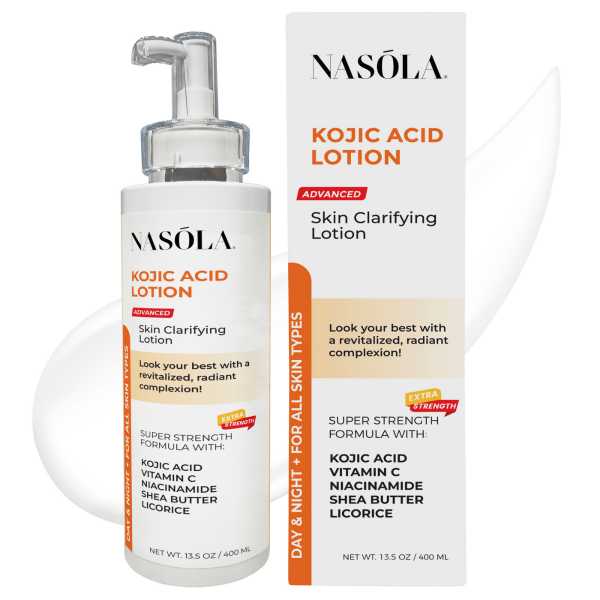 Nasola Kojic Acid Lotion$24.95Rated 4.8 out of 5 based on 20 customer ratings
Nasola Kojic Acid Lotion$24.95Rated 4.8 out of 5 based on 20 customer ratings
-
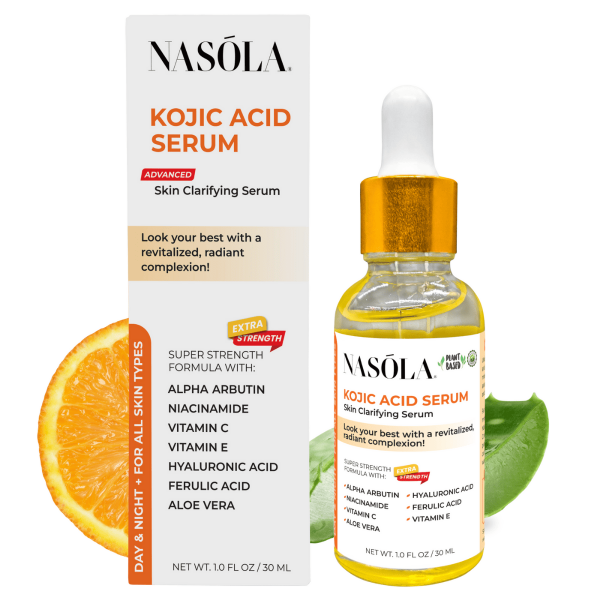 Nasola Kojic Acid Serum$19.95Rated 5 out of 5 based on 4 customer ratings
Nasola Kojic Acid Serum$19.95Rated 5 out of 5 based on 4 customer ratings -
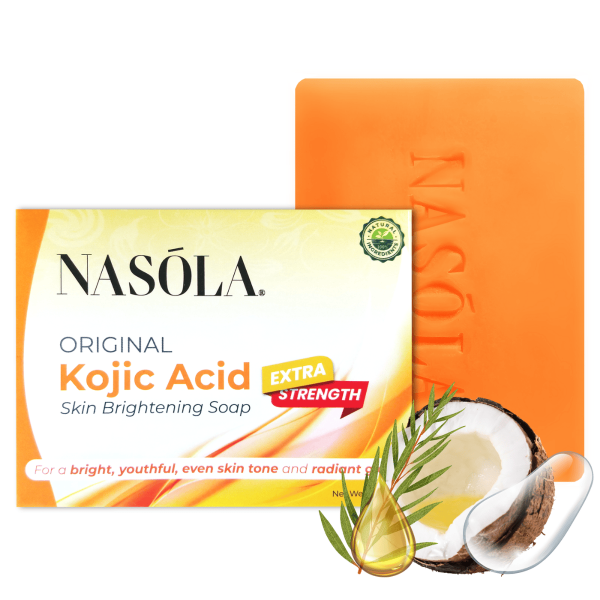 Nasola Kojic Acid Soap$8.95Rated 4.94 out of 5 based on 16 customer ratings
Nasola Kojic Acid Soap$8.95Rated 4.94 out of 5 based on 16 customer ratings
Side Effects of Using Shea Butter for Hyperpigmentation
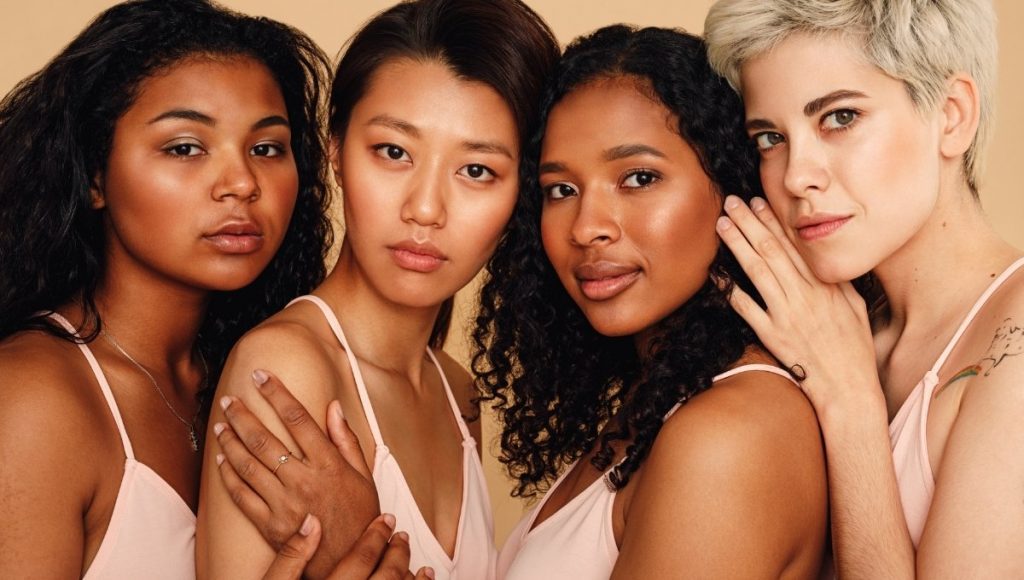
We all know the benefits of using shea butter for hyperpigmentation and other skincare purposes.
But did you know that it can cause hyperpigmentation?
Indeed, shea butter makes your skin soft. It has anti-aging properties because it can make your skin tighter and protect the skin from pollution or UV rays.
However, while these are all great things, there are some side effects as well.
Distinctly, shea butter contains natural chemicals called coumarins shown in clinical studies to cause freckles or dark spots when applied topically over time.
These spots will generally disappear once you stop using shea butter, but they may reappear after.
Also, shea butter can have some other side effects when applied to your skin, including burning sensations or allergic reactions.
If you experience any of these symptoms after using shea butter on your skin, stop using it immediately and consult with your dermatologist before continuing use in the future.
FAQs About the Usage of Shea Butter for Hyperpigmentation

Let’s take a look at some of the most common questions we get regarding the topic of shea butter for hyperpigmentation.
Shea butter contains natural oils and antioxidants that can help to lighten dark spots.
However, it does not work overnight, so you need to be patient with the process of using this product for several weeks before seeing any changes in your skin tone.
Alternatively, you can try using a kojic acid based products such as Nasola Kojic Acid Cream, Nasola Kojic Acid Lotion, Nasola Kojic Acid Serum, or Nasola Original Kojic Acid Skin Brightening Soap to lighten dark spots faster.
Shea butter is a very versatile product that can be used to lighten or darken the skin.
Depending on the type of shea butter you use, it could have either an illuminating effect or increased pigmentation in your face and neck area.
If you’re looking to lighten dark spots on your skin quickly, try using a natural alternatives Nasola Kojic Acid Cream, Nasola Kojic Acid Lotion, Nasola Kojic Acid Serum, or Nasola Original Kojic Acid Skin Brightening Soap.
This is a question we get asked all the time. The answer depends on many factors, including age, location of hyperpigmentation, and severity of discoloration.
Hyperpigmentation occurs when an enzyme called tyrosine kinase increases a person’s level of skin pigments or causes them to react more quickly with oxygen and other substances that trigger oxidation processes (chemical reactions).
The hyperpigmented patches typically fade after several weeks as new cells replace older ones. And this depends mainly on how light they are at first, their age, and whether you’re using any products like Nasola Kojic Acid Cream, Nasola Kojic Acid Lotion, Nasola Kojic Acid Serum, or Nasola Original Kojic Acid Skin Brightening Soap to lighten the pigmented areas.
The answer to this question is not a simple yes or no. Many factors affect how long it takes shea butter to clear skin, including the type of product being used and your physiology.
Optionally, you can try using a kojic acid based products such as Nasola Kojic Acid Cream, Nasola Kojic Acid Lotion, Nasola Kojic Acid Serum, or Nasola Original Kojic Acid Skin Brightening Soap to clear and brighten your skin faster.
Getting rid of hyperpigmentation is no easy task, but there are many solutions. A natural way will be using kojic acid based products such as Nasola Kojic Acid Cream, Nasola Kojic Acid Lotion, Nasola Kojic Acid Serum, or Nasola Original Kojic Acid Skin Brightening Soap.
Another option might be a chemical peel treatment that can get deep into the skin to exfoliate and brighten it up. Alternatively, another solution could be laser therapy which also gets more profound than old-fashioned scrubbing or even dermabrasion treatments.
Shea butter is one of the best things to use for your skin. It’s good at moisturizing, which can help reduce dark spots in addition to its other benefits.
If you’re looking for a quick way to lighten dark spots on your skin, try Nasola Kojic Acid Cream, Nasola Kojic Acid Lotion, Nasola Kojic Acid Serum, or Nasola Original Kojic Acid Skin Brightening Soap and begin seeing results in 2-4 weeks.
Final Thoughts

Overall, shea butter is a natural product that has been used for centuries to treat various skin conditions such as hyperpigmentation.
There are many different reasons why someone could get hyperpigmented spots on their skin, including genetics, aging, acne scars, etc.
Still, no matter what caused it, you’ll want to treat it as soon as possible to avoid any further damage and potential side effects.
Shea butter has proven to be an effective treatment for hyperpigmentation because it moisturizes the skin while improving elasticity which helps reduce brown patches from forming.
Are you’re currently using shea butter for hyperpigmentation? Please comment below about your experience so we can all learn.

